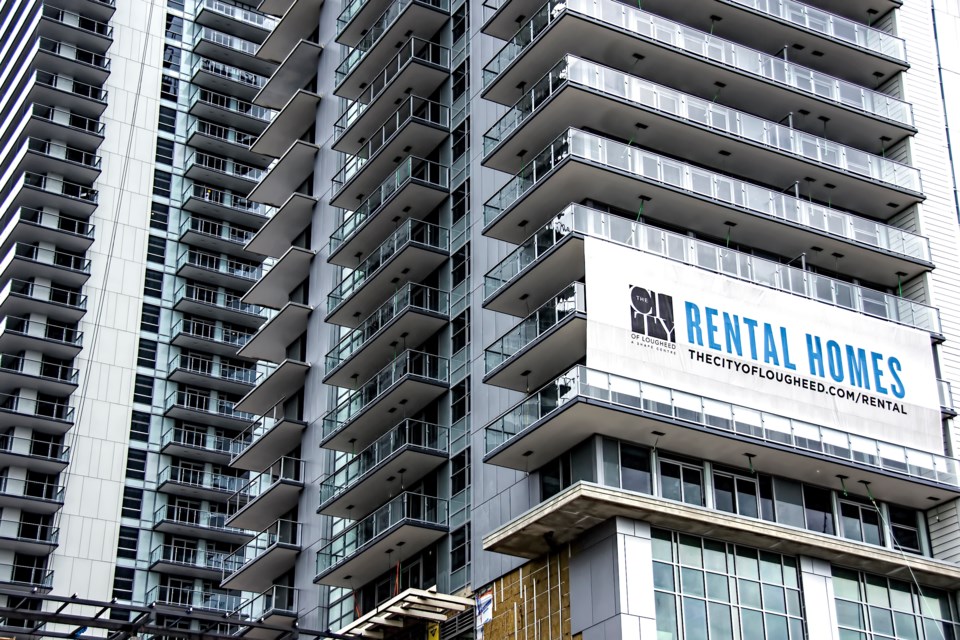Although two-thirds of Canadian households owned their home in 2021, the percentage of renters has increased at three times the rate of homeowners over the past decade.
This increase has been seen across all age groups. While people in their 20s and 30s make up the biggest group of renters, the fastest-growing category of renters by age is baby boomers.
If current trends in the housing market continue, a large portion of these people are going to become permanent renters and there is nothing wrong with that, it's just reality.
Renting the norm in many cities, countries
In New York City and in many parts of Europe and around the world, there are generations of people who have never owned a home. They have had perfectly good lives, perfectly good retirements and raised perfectly good families.
While the need for shelter can’t be denied, that does not translate into a need for home ownership. Although this has been the case for many Canadians in the past, it doesn’t need to be the goal for every household.
Renting long-term has its advantages from both cost and living standpoints. Renters appreciate being able to rely on landlords for any repairs and maintenance, as well as the flexibility of being able to more easily move to a new residence.
Permanent or long-term renting households have been the norm in places like NYC and Germany for a long time, but we have seen an increase in renters post-pandemic in places like Australia, London, and throughout the U.S.
Here in Canada, we repeatedly see the governments place a spotlight on home ownership as one of the most important goals of young people in our society. We see numerous tax benefits and relief measures put in place for homeowners.
These are worthwhile and valued measures that will help certain pockets of the population, but I think they miss the mark as well.
Governments need to shift focus
In 2021, 31 per cent of Canadian households, representing almost five million households, were renters. This is compared to only 4.1 million renting households in 2011.
Renters make up a significant portion of the population, and in my view, there is no issue with this percentage remaining the same or even continuing to grow to some extent.
If 31 per cent of the population are renters, then the government should be considering this significant percentage of the population when creating policies, programs and incentives.
Instead of only focusing on how to make homebuying more affordable, perhaps the government should also focus on ensuring a wide variety of rental housing options in terms of price range, location and size to account for the wide range of households renting.
For example, the government should ensure there is enough housing near schools and parks for families who are renting.
Various levels of government can achieve this by removing barriers for developers to continue adding to the supply of rental housing, creating more programs for more affordable housing or creating certain tax incentives for renters.
Those who may become permanent renters – even if it was not part of their original plan – will then also benefit from the various advantages of renting and, hopefully, the wide array of options that will be available to them.
– Derek Lobo is the founder and CEO of SVN Rock Advisors Inc., a full-service brokerage firm based in Toronto. He is recognized as an expert in new apartment construction, affordable housing, student housing, and as an advisor in the multi-family sector. This column first appeared March 31 in the Real Estate News Exchange (RENX.ca)



